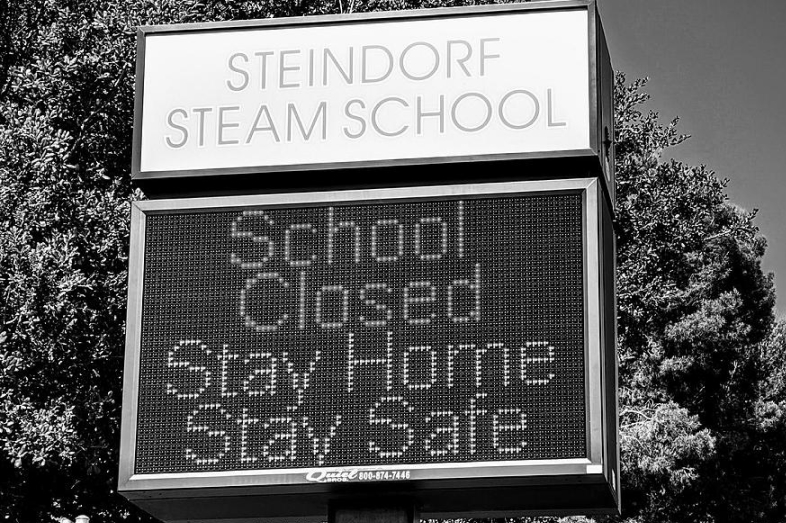
‘Left Behind’ By Remote Learning
In Baltimore and other cities, COVID-19 school closures are widening opportunity gaps for vulnerable students
(EWA Radio: Episode 249)
(photo: Travis Wise/Flickr)

In Baltimore and other cities, COVID-19 school closures are widening opportunity gaps for vulnerable students
(EWA Radio: Episode 249)
(photo: Travis Wise/Flickr)
Was the decision to close schools and send students home for remote learning influenced more by politics than the science of what would keep kids safe? That’s the central argument made by ProPublica reporter Alec MacGillis in a new story co-published with The New Yorker. MacGillis, who tells the story in part through the experiences of a 12-year-old in his hometown of Baltimore, shows how vulnerable Black, brown, and poor children are most likely to face long-term consequences for lost learning time. He also pushes back against claims that closing schools was the safer option, and makes the case that politics played an outsized role in some of those decisions, as President Trump has pressured districts to stay open. Why did MacGillis, a former education reporter for The Baltimore Sun who now covers politics and government, choose to cover this topic? What are some story angles he’d like to see more beat reporters tackle on how remote learning is really playing out for students and teachers? And what should journalists keep in mind to responsibly cover issues, including weighing evidence about the benefits of closing schools against the health, educational, and economic costs?
Find us on iHeartRadio, iTunes, Google Podcasts, Google Play Music, Pocket Casts, Radio.com (app only), Spotify, Stitcher, or through the RSS feed.
Your post will be on the website shortly.
We will get back to you shortly